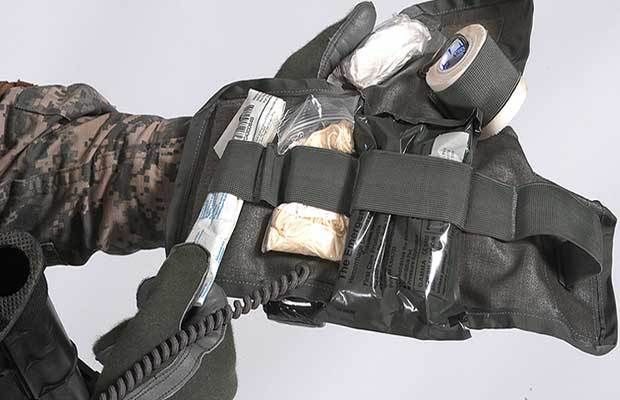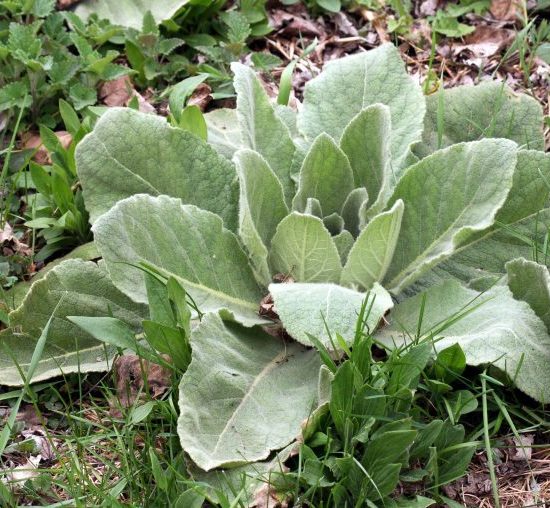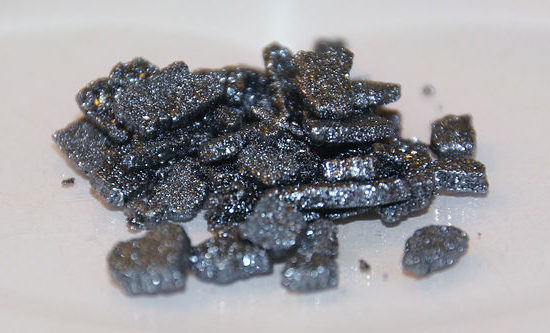
First aid in grid down scenarios is something that a lot of people take for granted. Our society has become overly dependent on medicine and the easy availability of Emergency rooms, family practice doctors and 24 primary care facilities. Well, maybe we aren’t as dependent as I am making out, but we certainly don’t suffer from not having medical options. I think advances in medicine and treatment are a good thing as it has led to longer lives for most of us and solutions to some problems that would have killed millions in earlier times.
This evolution in medical care has a downside though and that is a society that views medicine as a right and not a privilege we have. Your doctor will always be there and should give you any treatment for free. They can talk to the insurance company if they want anyone to pay them for their time, material and services we demand. No, I am not trying to get on a soap box to shout about the unconstitutionality of recently enacted laws, just pointing out a phenomenon that will catch a lot of people off guard if the grid goes down.
What if there are no hospitals?
If we are faced with a grid down scenario, the medical care we have come to think of as a right may be non-existent. It doesn’t matter what you think you are due, if there is no one to treat your illness or injury you are SOL. (look that up if you don’t know what it means).
In my quest to cover as many of the First aid bases as I reasonably can, I have tried to acquire basic medical supplies that we would need as part of normal life. I started with the assumption that we would not be able to get to the store, or that the stores would not have anything left after some crisis so I got the basics of Alcohol, band aids, bandages, Neosporin, Hydrogen peroxide, Aspirin, Advil and children’s aspirin. Moving out from there, I purchased face masks to reduce infection, latex gloves for instances where you might come in contact with fluids and larger bandages.
I bought large blood stopper bandages, and clotting solutions like Celox to stop massive bleeding quickly and further backups of bandages and sterile dressings. I also bought Epsom salts and vitamins for both us and our children to handle vitamin deficiencies.
After the basics, I moved on to first aid kits. I have one for camping, one for each vehicle that are also stocked with blood stoppers, a large family kit and a combat medic kit I bought at a gun show that is slap full of excellent gear like sutures and a stapler and lots of bandages and antibiotic creams. Lastly, I bought a set of medical instruments, just in case I need to do surgery. Do I know how to use all of this gear? Not all of it, and I haven’t had any formal medical training so I bought some books.
I bought Emergency War Surgery and The Survival Medicine Handbook as resource guides along with some additional books on natural remedies and herbs for treating various ailments. Eventually, my plan is to take some classes on first aid at the local Red Cross, but our local chapter seems to be lacking in that area, at least from my most recent search on their website. All of the gear above is just equipment. Not knowing how to properly use the items above won’t do you much good. I know how to stop bleeding and treat minor wounds, but this assumes I will not be the one injured and/or that I have access to all of our supplies and someone who can either read or hopefully has read up on some of the guides above.
What if you are on your own?
Now, after that long introduction I get to the IFAK kit. What the heck is an IFAK kit you ask? It is the military’s version of your own personal little first aid kit. The IFAK or “Individual First Aid Kit” as it is normally called (some branches say Improved instead of individual) is given to ever soldier going into combat. The contents vary slightly, but they are generally what are listed below.
|
NSN |
Nomenclature |
| 6515-01-521-7976 | Tourniquet, Combat Application |
| 6510-01-492-2275 | Bandage Kit, Elastic |
| 6510-01-503-2117 / 6510-00-058-3047 | Bandage Gauze 4-1/2″ 100/Pkg |
| 6510-00-926-8883 | Adhesive Tape Surg 2″ 6’s Roll |
| 6515-01-180-0467 | Airway, Nasopharyngeal, 28fr, 12s |
| 6515-01-519-9161 | Glove, Patient Exam 100/Pkg (4ea) |
| 6545-01-531-3647 | Pouch, IFAK |
| 6545-01-531-3147 | Insert, IFAK (has folding panels, with cord attached) |
What do all these handy-dandy items give you? It gives you just the essentials to treat yourself or your buddy if you aren’t near or can’t make it to medical facilities. You have exam gloves, a tourniquet, a nasopharyngeal airway tube and a bandage. The two most important items I see are the tourniquet and the bandage. You won’t be using the airway tube on yourself, and without training probably won’t use that on anyone else either. The airway tube is designed to clear the airway in an unconscious person so that their tongue doesn’t cause them to suffocate. If you are interested, I found some instructions for using this here.
If we encountered a situation where I was forced to leave home for any length of time, I would want to carry something like an IFAK with me. I wouldn’t take my combat medic bag because it would be too big and bulky. I wouldn’t take the traditional hiking first aid kit either because if I am armed to the teeth and leaving home, I probably won’t need to put a band aid on a scratch. I will need something a little more intense.
Better to buy or make it yourself?
Just looking at some of the contents in the main list and comparing prices, I wanted to try to see if I could save some money by building my own. I shopped around for all of the main nomenclature items on Ebay, Amazon and other sites to see what the best price I could find was.
- Tourniquet, Combat Application – Probably the single most expensive item at $28.50
- Bandage Kit, Elastic
- Bandage Gauze 4-1/2″ 100/Pkg
- Adhesive Tape Surg 2″ 6’s Roll
- Airway, Nasopharyngeal, 28fr, 12s
- Glove, Patient Exam 100/Pkg (4ea) – I didn’t price this because the boxes usually have 100 each so the cost would be negligible.
- Pouch, IFAK – This has both items included so you can forget the last line.
- Insert, IFAK (has folding panels, with cord attached)
So, looking at just the cost of the items individually my cost would be $50.31 and that obviously doesn’t count shipping. I think its safe to say that you can buy your IFAK cheaper or certainly more simply than you can make one yourself. Could you buy in bulk and save more? Probably, but if you are only going to buy a few, I wouldn’t go through the trouble myself.
In summary, you should plan on having first aid gear even if the grid never goes down or the zombies invade. If you can foresee going out on patrol or being mobile away from your home base, an IFAK would be a necessity I think. There are lots of options out there so check before you buy.




















